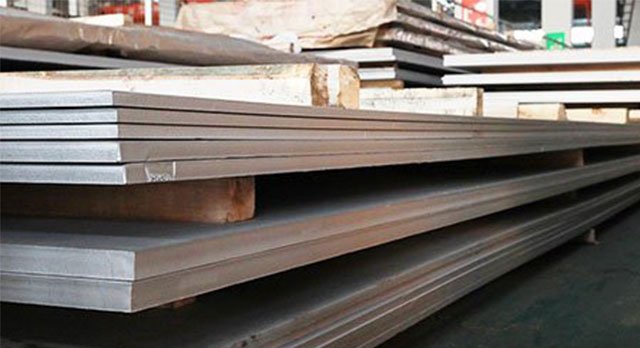
 info@jsktraders.com
info@jsktraders.com


 info@jsktraders.com
info@jsktraders.com

Iron carbon alloys are divided into two categories: steel and pig iron. Steel is an iron carbon alloy with a carbon content of 0.03% to 2%. Carbon steel is the most commonly used ordinary steel, with convenient smelting, easy processing, low price, and in most cases, it can meet the usage requirements, so its application is very common. According to the different carbon content, carbon steel is further divided into low carbon steel, medium carbon steel, and high carbon steel. As the carbon content increases, the hardness of carbon steel increases and its toughness decreases. Alloy steel, also known as special steel, adds one or more alloying elements to carbon steel, causing changes in the microstructure and properties of the steel, resulting in some special properties, such as high hardness, high wear resistance, high toughness, corrosion resistance, and so on. The alloy elements frequently added to steel include Si, W, Mn, Cr, Ni, Mo, V, Ti, etc. The resources of alloy steel are quite abundant, with high reserves of W, Mo, V, Ti, and rare earth metals, except for insufficient Cr and Co and low Mn grades. At the beginning of the 21st century, the proportion of alloy steel in the total production of steel will significantly increase.
Iron carbon alloys with a carbon content of 2% to 4.3% are called pig iron. Pig iron is hard and brittle, but resistant to pressure and wear. According to pig iron
The different forms of carbon can be divided into white iron, gray iron, and ductile iron. Carbon in white cast iron is distributed in the form of Fe3C, and the fracture surface is silver white. It is hard and brittle, and cannot be mechanically processed. It is a raw material for steelmaking, hence it is also known as steelmaking pig iron. Carbon distributed in the form of flake graphite is called gray iron, with silver gray fracture surface, easy to cut, easy to cast, and wear-resistant. If carbon is distributed as spherical graphite, it is called ductile iron, and its mechanical and processing properties are similar to those of steel. Adding special alloy elements to cast iron can obtain special cast iron. If Cr is added, the wear resistance can be greatly improved, and it has very important applications under special conditions.
The source of carbon in steel: One of the raw materials for ironmaking is iron ore, which is mainly composed of Fe2O3 and has no carbon element.
Related News





